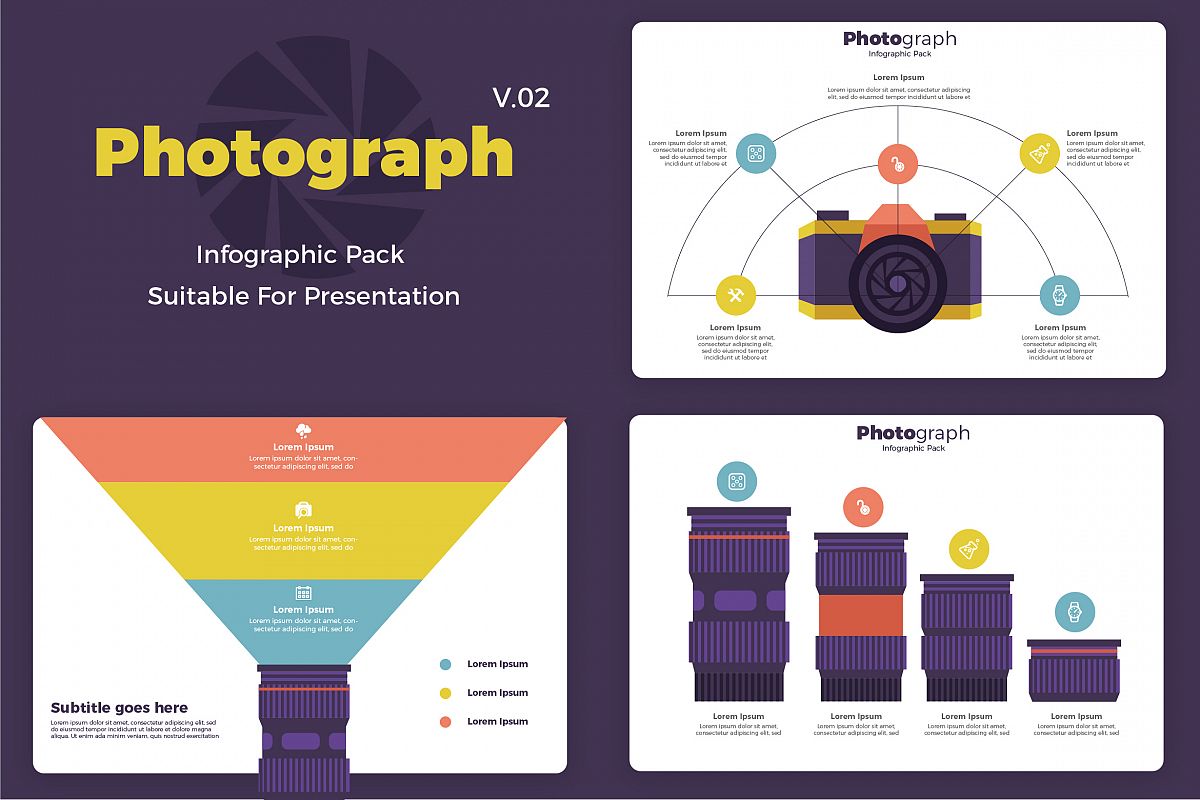What Every Digital Photographer Must Understand About Lights
What Every Digital Photographer Must Understand About Lights
Blog Article
Article Author-Hinson Ibrahim
As a digital photographer, you understand that lights can make or damage your photos. Recognizing the subtleties of both all-natural and man-made light is vital for capturing the state of mind and clearness you go for in your work. Whether you're going after the best gold hour glow or tweak your man-made setups, mastering these elements can boost your photography dramatically. Yet there are common challenges that several overlook, and recognizing them can change your strategy to every shoot. Allow's discover what Click On this site may be missing and just how it can affect your outcomes.
Recognizing Natural Light
Understanding natural light is critical for any professional photographer looking to boost their work. It's the structure of wonderful photography, affecting state of mind, tone, and quality. When you shoot outdoors, focus on the moment of day. The gold hour-- shortly after sunup and prior to sunset-- uses soft, cozy light that can change average scenes right into sensational images.
Don't undervalue the power of cloudy days. Cloud cover diffuses sunlight, producing a soft, even light that's excellent for pictures and macro photography. You'll discover colors pop in this sort of lights without severe darkness.
Positioning matters, as well. Always consider your topic's alignment to the source of light. If the sunlight's behind your topic, you may end up with a shape, which can be significant however mightn't be what you desire. Conversely, direct sunshine can develop uncomplimentary shadows.
Experiment with angles; occasionally, altering your point of view can generate outstanding results. Usage natural reflectors, like water or sand, to jump light onto your topic, including measurement.
Learning Artificial Light
Mastering man-made light is essential for digital photographers who want to take their skills to the following degree. Whether you're using speedlights, studio strobes, or continuous lights, recognizing exactly how to manipulate these resources can considerably boost your photos.
Beginning by http://kate132marcellus.booklikes.com/post/6570189/typical-errors-new-photographers-make-and-how-to-avoid-them on your own with the essentials of light quality, direction, and color temperature level. Try out different modifiers like softboxes, umbrellas, or grids to control the soft qualities or cruelty of the light.
You'll find that soft light often produces lovely results, while harsher light can add dramatization and depth. Do not avoid shadows; they can enhance the three-dimensionality of your topics.
Pay very close attention to the placement of your lights. A light located too close to your topic can produce unflattering outcomes, while also far away can lead to a lack of information. Make use of a light meter or your video camera's pie chart to ensure you're exposing appropriately.
Finally, keep in mind that man-made light can be blended with ambient light for imaginative effects. Stabilizing these sources could take technique, once you master it, your digital photography will truly beam.
Methods for Different Circumstances
When you step into different capturing circumstances, adapting your lights techniques is critical for catching the very best pictures. For exterior pictures, make use of the golden hour-- morning or late afternoon light-- to soften shadows and boost skin tones.
If https://squareblogs.net/junko602cliff/how-to-discover-your-distinct-style-as-a-photographer 's an extreme lunchtime sunlight, take into consideration using a reflector to bounce light back onto your topic or seek shaded areas for an extra even exposure.
In low-light situations, like interior events, increase your ISO and use a broad aperture to let in even more light. A tripod can aid remove electronic camera shake, enabling longer exposures without blurring.
If you're contending night, explore off-camera flash to create dynamic illumination and deepness in your images.
For item digital photography, use diffused lighting to prevent rough representations. Softboxes or light camping tents can aid attain this result.
When photographing landscapes, consider the instructions of light and time of day, as it can significantly change the state of mind of your shot.
Constantly prepare to adjust your setups and positioning based on the situation, as flexibility is key to mastering illumination in photography.
Conclusion
In conclusion, mastering illumination is key to boosting your digital photography skills. Accept all-natural light's appeal during golden hour, and don't shy away from trying out artificial light techniques. By adapting your strategy to different situations, you'll record stunning pictures that reverberate with feeling and clearness. Keep in mind, the right lighting can change an ordinary shot into something phenomenal, so keep exercising and fine-tuning your understanding of both natural and man-made light. Pleased Discover More Here !
